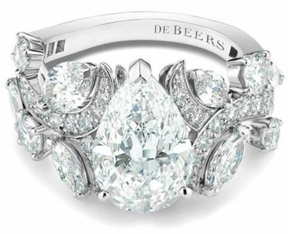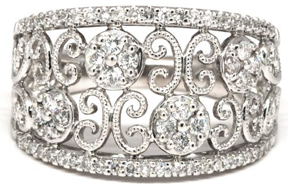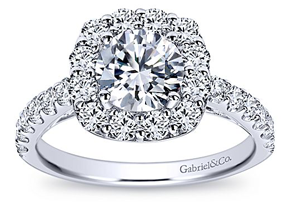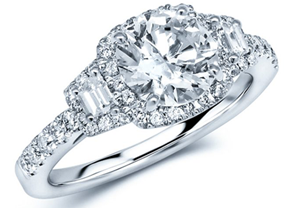Diamonds have always been a girl’s best friend, but they haven’t always been the one and only center stone of choice for engagement rings throughout the decades.
Like fashion, the metals, stones, colors, and ring settings offer a time capsule’s view of what or whom was influencing the world at the time, and with trends tending to cycle about every twenty years, a look back can also tell us what’s to come.
The 1960s
Heavily influenced by Hollywood royalty, like Elizabeth Taylor, and political princesses, like Jackie Kennedy, a “bigger is better” approach to engagement rings defined much of the ’60s. And with a resurgence of Art Deco, larger-than-life emerald- and Asscher-cut stones and mixed metals with angular lines tastefully announced the decade’s opulence.
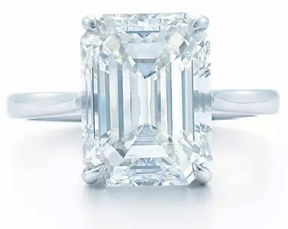
The 1970s
Yellow gold became the metal of choice for engagement rings in the ’70s, with angular cuts or cluster stones creating statement pieces, often with matching wedding bands that stacked as a set.
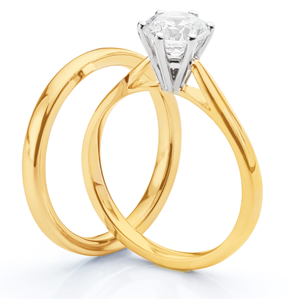
The 1980s
Sapphires were in high demand in the ’80s after Princess Diana debuted her 12-carat oval Ceylon sapphire, and inspired another round of trendy alternative stones. While white gold was still a classic choice, yellow gold remained as the metal of choice for settings. Bands became thicker, and settings more ornate.
The 1990s
Leaving the decade of excess behind, the ’90s brought time-honored minimalism back to engagement rings. The solitaire setting became popular again, often set with petite side diamonds, while yellow gold stepped aside for the resurgence of white metals like white gold and platinum.
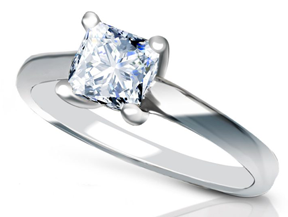
The early 2000s
Halo settings with pavé diamonds or gemstones that encircle a center stone became a sparkly and glamourous nod to vintage mid-century engagement rings. Multiple halos with diamonds or mixed stones held a short spotlight, making way for pavé-encrusted bands.
The 2010s
Romantic rose gold, made popular in the ’20s, reemerged as trendy, mismatched ring stacks with and without precious stones, as well as classic solitaires and pavés. The royal engagement of Kate Middleton and Prince William reminded the world that bold color could be just as romantic as a white diamond, inspiring another generation of non-traditional engagement rings. Timeless, vintage-inspired cuts and shapes also reappeared in this decade.
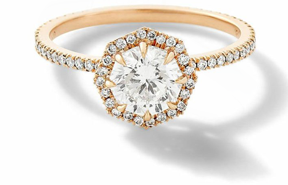
2020 and Beyond
If recent events have taught us anything, it’s that love is love, and how well that love can be brilliantly expressed in a marriage of precious stones and metals as unique as the couple.
Non-traditional styles will continue to be popular in this decade and beyond, and if trending cycles are on track, halos will be the next in line to return, with plenty of room for Hollywood glam, petites and pavés, and vintage and classic styles, because in 2021, anything goes.

